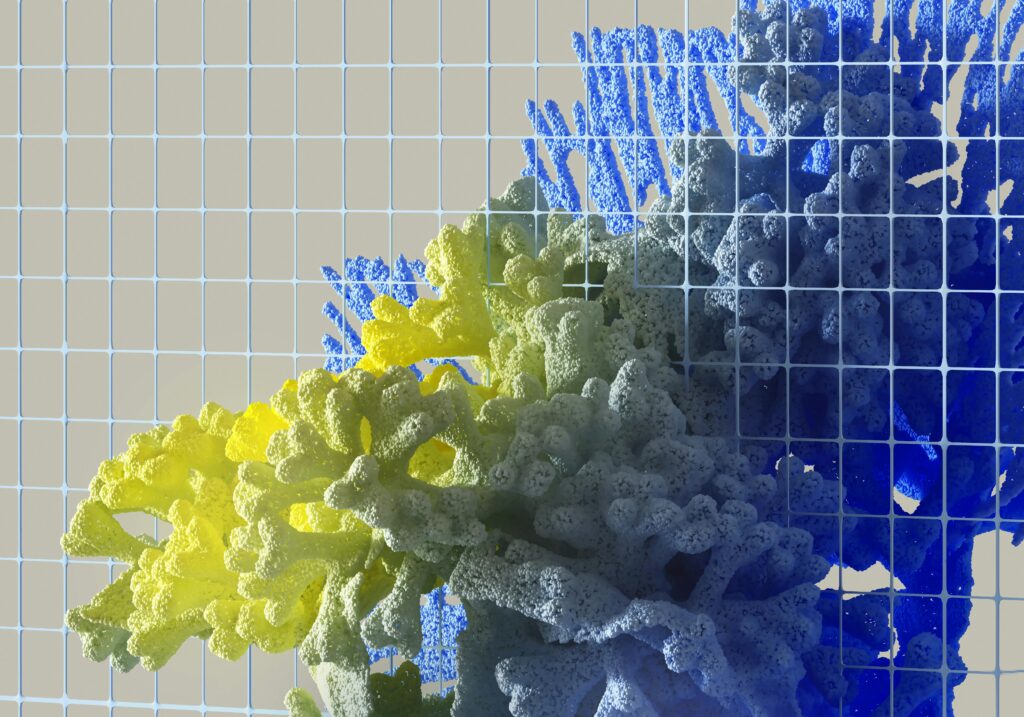In recent years, Generative Artificial Intelligence (Generative AI) has emerged as one of the most exciting innovations in the field of technology. From creating realistic images and videos to writing human-like text, generative AI is transforming how we interact with machines and how businesses operate. But what exactly is generative AI, how does it work, and why is it important for the future? This article provides a comprehensive explanation.

Definition of Generative AI
Generative AI refers to a type of artificial intelligence that can create new content—such as text, images, audio, code, and even 3D models—by learning patterns from existing data. Unlike traditional AI systems that analyze data and provide predictions, generative AI is creative in nature. It does not just process information; it produces something entirely new.
For example, tools like ChatGPT can generate natural-sounding conversations, while image models like DALL·E or MidJourney can create artwork from text prompts. This ability to generate original outputs makes generative AI a revolutionary step in the evolution of technology.

How Does Generative AI Work?
Generative AI is powered by advanced machine learning and deep learning techniques. At its core, it uses models called neural networks, which are inspired by the human brain. Some of the most common architectures include:
- Generative Adversarial Networks (GANs)
- Consist of two models: a generator (that creates data) and a discriminator (that evaluates it).
- The two models compete, resulting in highly realistic outputs like deepfake videos.
- Transformers
- Used in language models such as ChatGPT and GPT-4.
- Transformers excel at understanding context and generating coherent text.
- Diffusion Models
- Popular in image generation tools like Stable Diffusion.
- These models start with random noise and gradually refine it into a clear image based on a prompt.
The combination of massive datasets, powerful computing, and advanced algorithms allows generative AI to produce outputs that often resemble human creativity.

Applications of Generative AI
Generative AI has wide-ranging applications across industries:
- Content Creation: Writers, marketers, and designers use generative AI to draft articles, create ads, or produce graphics.
- Art and Design: Artists can generate digital art, logos, or music compositions with the help of AI tools.
- Healthcare: AI can design new drug molecules, generate synthetic medical data for research, and assist in diagnostics.
- Education: Generative AI can create personalized learning materials, quizzes, or explanations tailored to students.
- Software Development: Tools like GitHub Copilot use AI to help developers write and debug code faster.
- Entertainment: AI can generate video game assets, film scripts, or even realistic animations.

Benefits of Generative AI
- Creativity Enhancement
Generative AI can expand human creativity by offering new ideas, drafts, or designs. - Efficiency and Speed
Tasks that would take hours, such as graphic design or writing, can be completed in minutes. - Cost Reduction
Companies can save on labor and production costs by automating creative tasks. - Personalization
AI can generate custom content, such as personalized recommendations, advertisements, or learning materials. - Innovation in Science and Medicine
From drug discovery to material design, generative AI accelerates research and development.
Challenges and Risks of Generative AI
Despite its benefits, generative AI also raises important concerns:
- Misinformation and Deepfakes: AI-generated fake news, images, or videos can mislead people.
- Copyright Issues: AI models often train on existing content, raising debates about intellectual property rights.
- Bias in Outputs: If the training data contains biases, the AI may reproduce or even amplify them.
- Ethical Concerns: Using AI to generate harmful or deceptive content creates ethical dilemmas.
- Job Displacement: Automation of creative work may threaten jobs in writing, design, or media.

The Future of Generative AI
Generative AI is still evolving rapidly. As the technology improves, it will become more accurate, ethical, and accessible. Some key future trends include:
- More Human-like Interaction: AI assistants will become indistinguishable from humans in conversation.
- Integration in Business: Companies will increasingly use generative AI in marketing, customer service, and product development.
- Collaboration with Humans: Rather than replacing humans, generative AI will act as a creative partner.
- Improved Regulation: Governments and organizations will introduce policies to manage risks like deepfakes and copyright issues.
- Expansion into New Fields: Beyond text and images, generative AI will advance in video editing, 3D modeling, and virtual reality.
Conclusion
In summary, Generative AI is a groundbreaking form of artificial intelligence that goes beyond analyzing data to actually creating new content. Powered by advanced models like GANs, transformers, and diffusion models, it is revolutionizing industries from art and education to healthcare and software development. While the technology brings many benefits—such as increased creativity, efficiency, and innovation—it also presents challenges like misinformation, bias, and ethical risks.
As generative AI continues to evolve, it will play a central role in shaping the future of work, creativity, and human-computer interaction. By balancing innovation with responsible use, society can harness the full potential of this powerful technology.


